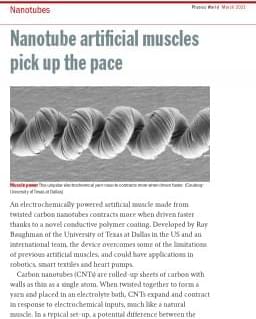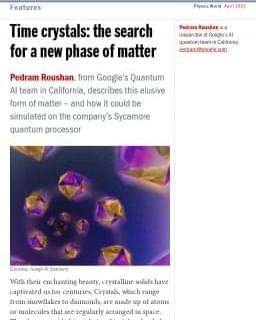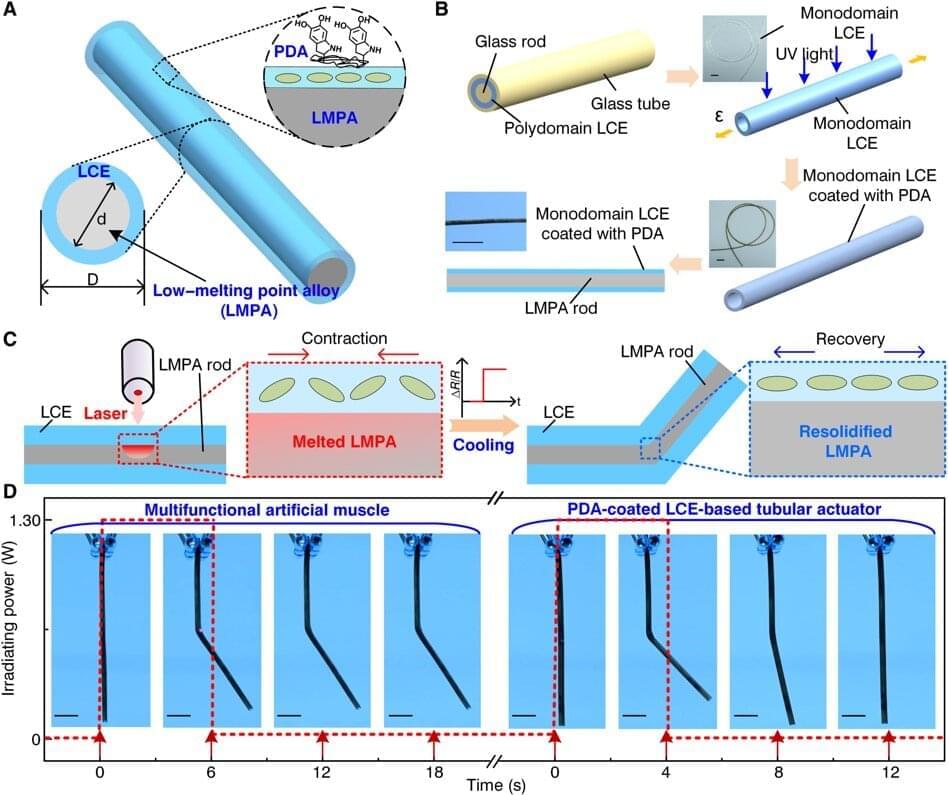Technology won’t be a problem for its future application, but legal and ethical concerns might, warns Beijing-based researcher.


After announcing at the beginning of the month that the company would be cutting 10 percent of its workforce due to CEO Elon Musks’s “bad feeling” about the economy, Tesla’s job slash is in full swing. According to Insider, many newer employees — including workers who had not even begun their newly-accepted positions just yet — are bearing the brunt of the mass layoffs.
“Damn, talk about a gut punch,” wrote Iain Abshier, a brand-new Tesla recruiter, in a LinkedIn post last week. “Friday afternoon I was included in the Tesla layoffs after just two weeks of work.”
It’s worth noting that these cuts come amid a recall investigation into Tesla’s controversial Autopilot technology, not to mention reports of widespread braking issues and the CEO’s recent lament over supply chain issues — leaving Tesla’s long term viability more ambiguous than it’s been in years, with the brunt of the consequences coming down on the company’s labor force.

Suspended Google engineer Blake Lemoine made some serious headlines earlier this month when he claimed that one of the company’s experimental AIs called LaMDA had achieved sentience — prompting the software giant to place him on administrative leave.
“If I didn’t know exactly what it was, which is this computer program we built recently, I’d think it was a seven-year-old, eight-year-old kid that happens to know physics,” he told the Washington Post at the time.
The subsequent news cycle swept up AI experts, philosophers, and Google itself into a fierce debate about the current and possible future capabilities of machine learning, other ethical concerns around the tech, and even the nature of consciousness and sentience. The general consensus, it’s worth noting, was that the AI is almost certainly not sentient.
Straight from the depths of AI hell hails Crungus — or somewhere like that, because until a few days ago, nobody knew this thing existed.

An electrochemically powered artificial muscle made from twisted carbon nanotubes contracts more when driven faster thanks to a novel conductive polymer coating. Developed by Ray Baughman of the University of Texas at Dallas in the US and an international team, the device overcomes some of the limitations of previous artificial muscles, and could have applications in robotics, smart textiles and heart pumps.
Carbon nanotubes (CNTs) are rolled-up sheets of carbon with walls as thin as a single atom. When twisted together to form a yarn and placed in an electrolyte bath, CNTs expand and contract in response to electrochemical inputs, much like a natural muscle. In a typical set-up, a potential difference between the yarn and an electrode drives ions from the electrolyte into the yarn, causing the muscle to actuate.
While such CNT muscles are highly energy efficient and extremely strong – they can lift loads up to 100,000 times their own weight – they do have limitations. The main one is that they are bipolar, meaning that the direction of their movement switches whenever the potential drops to zero. This reduces the overall stroke of the actuator. Another drawback is that the muscle’s capacitance decreases when the potential is changed quickly, which also causes the stroke to decrease.
TV robot fights are not just entertainment – they can also help turn students on to physics and engineering, as Robert P Crease finds out.
The two 110 kg combat robots squared off. One, known as Poison Arrow, was armed with a toothed spinning drum. Its adversary, Son of Wyachi (SOW), had whirling hammers. Poison Arrow smashed into SOW, sending it flying across the arena. SOW broke its radio receiver as it crash-landed, lying motionless as the referee declared a knockout.
The action took place in 2016 in BattleBots – a US “robot-combat” TV series aired by ABC in 2015–2016, and then by the Discovery Channel since 2018. BattleBots is inspired by the original Robot Wars events held in the US in the 1990s; these events also inspired the famed British TV series Robot Wars. Dubbed “the ultimate robot-fighting competition”, BattleBots features fights to the finish between remote-controlled “bots” that employ an array of destructive weapons.

Pedram Roushan, from Google’s Quantum AI team in California, describes this elusive form of matter – and how it could be simulated on the company’s Sycamore quantum processor.
With their enchanting beauty, crystalline solids have captivated us for centuries. Crystals, which range from snowflakes to diamonds, are made up of atoms or molecules that are regularly arranged in space. They have provided foundational insights that led to the development of the quantum theory of solids. Crystals have also helped develop a framework for understanding other spatially ordered phases, such as superconductors, liquid crystals and ferromagnets.
Periodic oscillations are another ubiquitous phenomenon. They appear at all scales, ranging from atomic oscillations to orbiting planets. For many years, we used them to mark the passage of time, and they even made us ponder the possibility of perpetual motion. What is common between these periodic patterns – either in space or time – is that they lead to systems with reduced symmetries. Without periodicity, any position in space, or any instance of time, is indistinguishable from any other. Periodicity breaks the translational symmetry of space or time.

Materials scientists and bioengineers at the intersection of regenerative medicine and bioinspired materials seek to develop shape-programmable artificial muscles with self-sensing capabilities for applications in medicine. In a new report now published in Science Advances, Haoran Liu and a team of researchers in systems and communications engineering at the Frontier Institute of Science and Technology, Jiaotong University, China, were inspired by the coupled behavior of muscles, bones, and nerve systems of mammals and other living organisms to create a multifunctional artificial muscle in the lab. The construct contained polydopamine-coated liquid crystal elastomer (LCE) and low-melting point alloys (LMPA) in a concentric tube or rod. While the team adopted the outer liquid crystal-elastomer to mimic reversible contraction and recovery, they implemented the inner low-melting point alloy for deformation locking and to detect resistance mechanics, much like bone and nerve functions, respectively. The artificial muscle demonstrated a range of performances, including regulated bending and deformation to support heavy objects, and is a direct and effective approach to the design of biomimetic soft devices.
Soft robotics inspired by the skeleton–muscle–nerve system
Scientists aim to implement biocompatibility between soft robotic elements and human beings for assisted movement and high load-bearing capacity; however, such efforts are challenging. Most traditional robots are still in use in industrial, agricultural and aerospace settings for high-precision sensor-based, load-bearing applications. Several functional soft robots contrastingly depend on materials to improve the security of human-machine interactions. Soft robots are therefore complementary to hard robots and have tremendous potential for applications. Biomimetic constructs have also provided alternative inspiration to emulate the skeleton-muscle-nerve system to facilitate agile movement and quick reaction or thinking, with a unique body shape to fit tasks and perform diverse physiological functions. In this work, Liu et al were inspired by the fascinating idea of biomimicry to develop multifunctional artificial muscles for smart applications.
👉For business inquiries: [email protected].
✅ Instagram: https://www.instagram.com/pro_robots.
You are on PRO Robots channel and in this video we present news of high technologies. Live-skinned robo-opalester, working prototype of the Tesla Bot robot, dream robot of Boston Dynamics founder Mark Rybert, serial launch of Cybertruck and the first jet-powered flying motorcycle! Watch all the most interesting high-tech news in one issue!
0:00 Intro.
0:24 Robo Finger with Live Skin.
1:36 Elon Musk promised to showcase Tesla Bot in September.
2:43 Tesla Cybertruck.
3:48 Speeder P2 Jet Pack.
4:45 ANYmal robot, which on wheels moves better and more carefully.
6:03 China Introduced Artificial Intelligence for Military.
6:28 For the second time, NASA has installed its Lunar Mission SLS rocket.
6:55 Aerotaxis eVTOL VoloConnect.
7:23 Prosperity I Apparatus.
8:12 Pizzaiola robot chef.
8:50 Raspberries assembled by robots.
9:36 GRoW and MetoMotion will make their debut at GreenTech Amsterdam 2022
10:06 Delivery of pizza by drones becomes a reality.
10:37 Car Jidu Robo-1
11:44 Geely recently launched its own unmanned vehicle navigation satellites.
12:06 Robot for manicure.
#prorobots #robots #robot #futuretechnologies #robotics.
More interesting and useful content:
✅ Elon Musk Innovation https://www.youtube.com/playlist?list=PLcyYMmVvkTuQ-8LO6CwGWbSCpWI2jJqCQ
✅Future Technologies Reviews https://www.youtube.com/playlist?list=PLcyYMmVvkTuTgL98RdT8-z-9a2CGeoBQF
✅ Technology news.
https://www.facebook.com/PRO.Robots.Info.
#prorobots #technology #roboticsnews.

Artificial Intelligence trained with first-person videos could better understand our world. At Meta, AR and AI development intersect in this space.
In the run-up to the CVPR 2022 computer vision conference, Meta is releasing the “Project Aria Pilot Dataset,” with more than seven hours of first-person videos spread across 159 sequences in five different locations in the United States. They show scenes from everyday life – doing the dishes, opening a door, cooking, or using a smartphone in the living room.
AI training for everyday life.